|
| OO Scale | N Scale | G Scale | Z Scale | HO Scale | Slot Cars & R⁄C |
| |||||||
|
|||||||
| Home Page | |||||||
| BUY GIFT VOUCHERS | |||||||
| Products | |||||||
| Latest News | |||||||
| RIGHT LINES | |||||||
| Bargains | |||||||
| Downloads | |||||||
| Events | |||||||
| Careers & Jobs | |||||||
| Carriage Services | |||||||
| About Us | |||||||
| Contact Us | |||||||
| Pay Us A Visit | |||||||
| Meet The Staff | |||||||
| Links | |||||||
| SHOPPING BASKET |
Your shopping basket is empty. To add an item, click the "Buy" button
| YOUR ACCOUNT | ||
|
||||
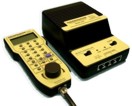 |
||||
| Prodigy Advance Digital System |
||||
| Cased Controllers |
||||
| Panel Mount Controllers |
||||
| Walkabout Controllers |
||||
| Modules & Transformers |
||||
| Scenics & Accessories |
||||
| Wiring & Electrical Components |
||||
| Tiny Signs | ||||
| Tools | ||||
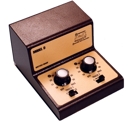 |
||||
| RECENTLY VIEWED |
| AL20005943 - Master 53' CMC Container Set (3) EMP Large Side Logo | ||
| PLSWELD - (PPC-2P) Plastic Weld Glue | ||
| PKET38501-29 - (S) Circuit Board for Battery Pack | ||
| ODAP007 - Austin Princess Late Black | ||
| PK57090A-3 - (S) Traction Tyres 4pcs |
| O Scale | Wargaming | Architectural | Narrow Gauge | Tools+ | ||
A History of Austrian Railways

STUART JORDAN looks at the development of railways in Austria.
Origins
The story of Austrian railways begins as far back as 1495. A funicular railway was built to serve Hohensalzburg Castle, and is thought to be the oldest still operating in the world. Although originally winched by man- or animal-power, it has since been completely motorised.
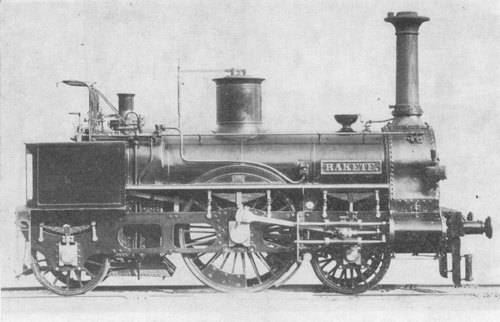
Rakett (Rocket), an early locomotive on the KFNB.
In 1837 the Kaiser Ferdinands-Nordbahn (Emperor Ferdinand Northern Railway) was opened, with a line running from Floridsdorf to Deutsch Wagram – reaching Vienna in 1838. This was only the second steam railway on continental Europe, after Belgium, and the Nordbahn eventually expanded to run lines across modern Austria, Czech Republic, and Poland.
Austro-Hungarian Empire
In 1867 the Austrian Empire combined with the Kingdom of Hungary to form the Austro-Hungarian Empire. The Vienna Stock Market Crash in 1873 lead to several smaller Austrian Railway companies failing, with the state taking them over. With pressure from ministers for greater state control of the railways, the Kaiserlich-Koniglich Staatsbahn or kkStB (Imperial-Royal State Railways) was formed.
Under state control railways expanded across the empire, nationalising and absorbing other companies including the Nordbahn in 1906. By 1914, 82% of the 22,981km of Austrian railways were run by the kkStB.
At the end of World War I the Austro-Hungarian Empire was broken up, and various lines became parts of the state railways in their constituent countries: Poland, Czechoslovakia, Yugoslavia, Italy, and Romania.
State Control
In 1918 the Austrian rail network was brought under state control, going through several name changes: 1918 - Deutschosterreichisch Staatsbahn (DOStB), then in 1919 Osterreichisch Staatsbahn (OstB), and in 1923 Bundesbahn Osterreich (BBO), which the network was formed into a commercial venture and merged completely with the Sudbahn, the only railway that had remained in private hands after the war.
In 1938 the Anschluss saw Austria absorbed into the German Empire. The Austrian railway network fell under the control of the Deutsche Reichsbahn. During World War II around 40% of the network was destroyed by Allied forces.
Osterreichisch Bundesbahnen
Post-war, the railways were reformed into the state-owned Osterreichisch Bundesbahnen (OBB) in 1947. The lines were rebuilt and electrified, with 72% of the network electric by 2013. The infrastructure of the OBB is now maintained by OBB-Infrastructur AG, the Austrian equivalent to Network Rail in the UK. Owning transportation assets across Austria, nearly half of the passengers carried by OBB are on their bus network.
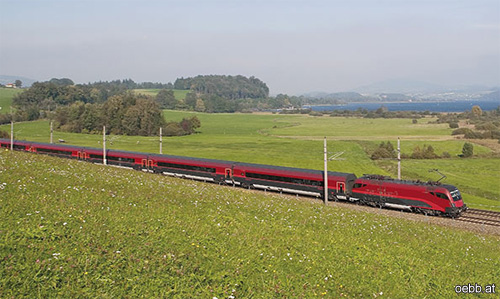
Railjet High Speed Service.
The Austrian railway network connects to neighbouring countries – Czech Republic, Hungary, Italy, Liechtenstein, Slovakia, Slovenia, Switzerland, and Germany – which includes ICE high speed services.
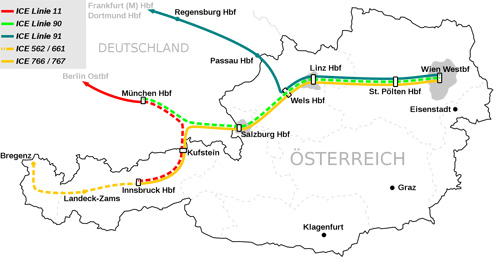
The Austrian ICE Network, showing connections to Germany.
Modelling Austrian Railways
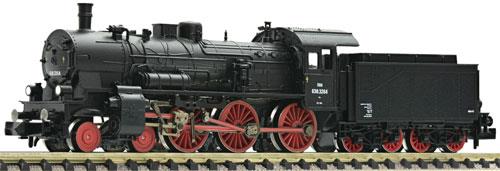
Many companies produce Austrian stock in various scales, including Roco, Fleischmann, Marklin, Trix/Minitrix, Jagerndorfer, and LGB. There are also items available in the Piko range. Items representing Railjet, the Austrian high speed network (which also runs outside of Austria), are also available. ICE trains and stock are also available from most continental suppliers.
|
We are always looking to make improvements to our website to try and improve the quality of your visit. We would welcome your feedback and suggestions, so please do not hesitate to e-mail our webmaster with your comments. Alternatively call us on 01903 884488.
Home Cookies Privacy Statement Terms & Conditions Site Map Site Guide
WEEE Regulations Glossary Careers & Jobs
Tel – +44 (0) 1903 884488 Fax – +44 (0) 1903 884377 E-Mail us – click here
Gaugemaster.com is a trading name of Gaugemaster Controls Ltd.
Registered in England No. 2714470, Registered office:
Gaugemaster House, Ford Road
Arundel, West Sussex, BN18 0BN, United Kingdom
VAT Reg. No. 587 8089 71
Copyright © 2003-2014 Gaugemaster Controls Ltd. All Rights Reserved.
















